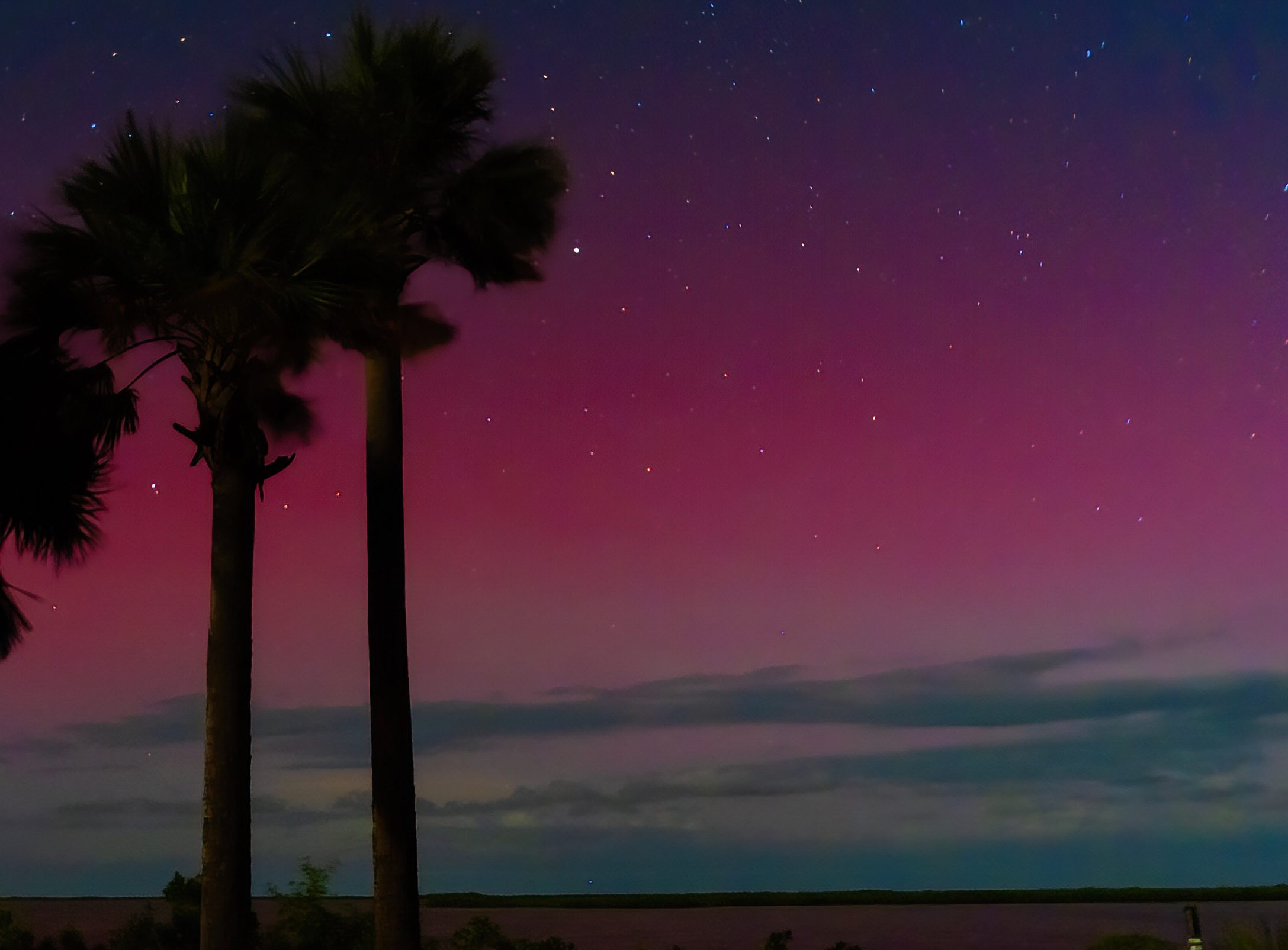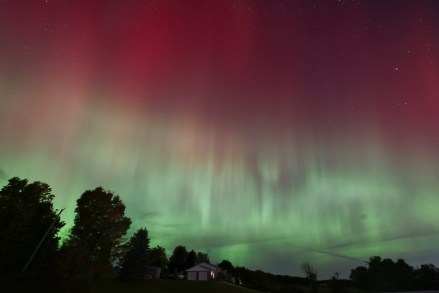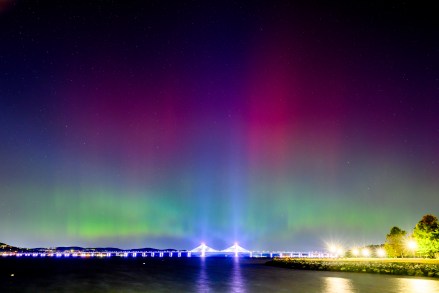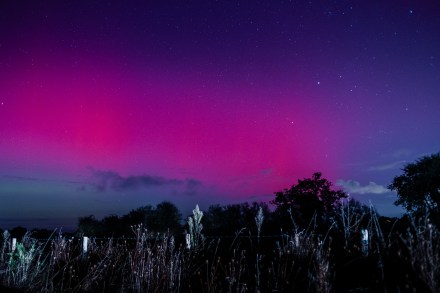[ad_1]
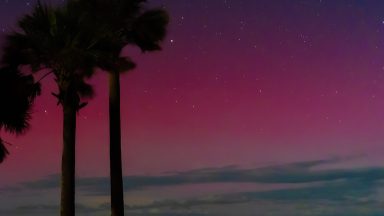
View gallery
The sky may placed on a stunning present tonight. A robust geomagnetic storm is making it potential for the Northern Lights, usually reserved for Arctic skies, to be seen a lot farther south. Also often known as the Aurora Borealis, this uncommon and colourful spectacle might gentle up skies throughout a number of U.S. states.
“The G4 (Severe) geomagnetic storm watch remains in effect for tonight, June 1, as CME passage continues,” the Space Weather Prediction Center wrote. “There are indications that the coronal mass ejection (CME) passage is weakening, but the solar wind conditions remain elevated, therefore additional periods of G3-G4 (Strong-Severe) levels remain possible.”
The National Oceanic and Atmospheric Administration (NOAA) has reported a powerful G3-level photo voltaic storm on its Space Weather Prediction Center website. Since mid-2024, elevated photo voltaic exercise has made auroras seen in unusually southern places — together with, at occasions, components of northern Florida. According to NASA, that is as a result of solar reaching its “solar maximum,” essentially the most energetic section in its 11-year cycle.
Wondering when you’re within the path of tonight’s aurora? Here’s what to find out about when and the place to catch it.
What Is a Geomagnetic Storm?
Geomagnetic storms are a “major disturbance of Earth’s magnetosphere that occurs when there is a very efficient exchange of energy from the solar wind into the space environment surrounding Earth,” based on the Space Weather Prediction Center of the National Oceanic and Atmospheric Administration (NOAA). They kind from “variations in the solar wind” which may alter the “currents, plasmas and fields in Earth’s magnetosphere,” per the web site.
When extreme geomagnetic storms happen, the NOAA warns that they might disrupt electrical energy networks. This may, in flip, end in energy outages.
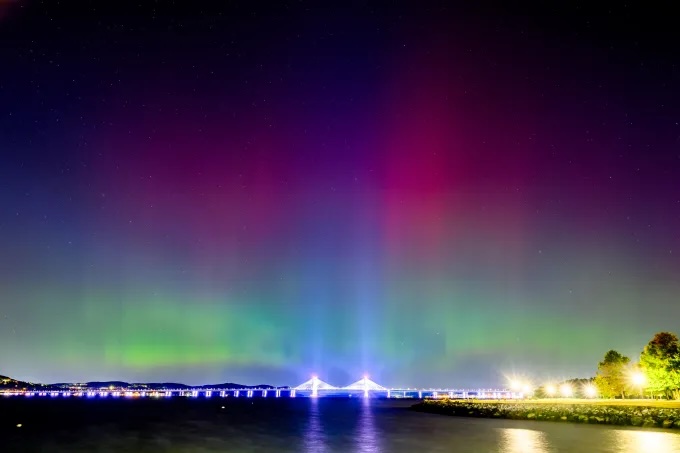
Where to See the Northern Lights
As of June 1, 2025, a extreme G4-level geomagnetic storm is inflicting the northern lights to be seen throughout a lot of the United States, with potential sightings as far south as Alabama and Northern California.
The greatest possibilities for viewing are in northern areas, significantly in Alaska, northeastern Montana, northern North Dakota, northern Minnesota, northern Wisconsin, higher Michigan, and Maine. Moderate visibility can also lengthen into states like Washington, northern Idaho, Vermont, New Hampshire, New York, and Pennsylvania. Depending on native situations, some southern areas — together with components of New Jersey — can also catch a uncommon glimpse of the aurora.
For optimum viewing, discover a location away from metropolis lights with a transparent, north-facing view. Keep an eye fixed on native climate situations, as cloud cowl can hinder visibility.
What Time to See the Northern Lights
For the most effective viewing expertise, it’s really useful to discover a darkish, rural space away from metropolis lights and look towards the northern horizon between 10 p.m. and a pair of a.m. native time. Even if the aurora isn’t seen to the bare eye, smartphone cameras may seize its glow.
[ad_2]
